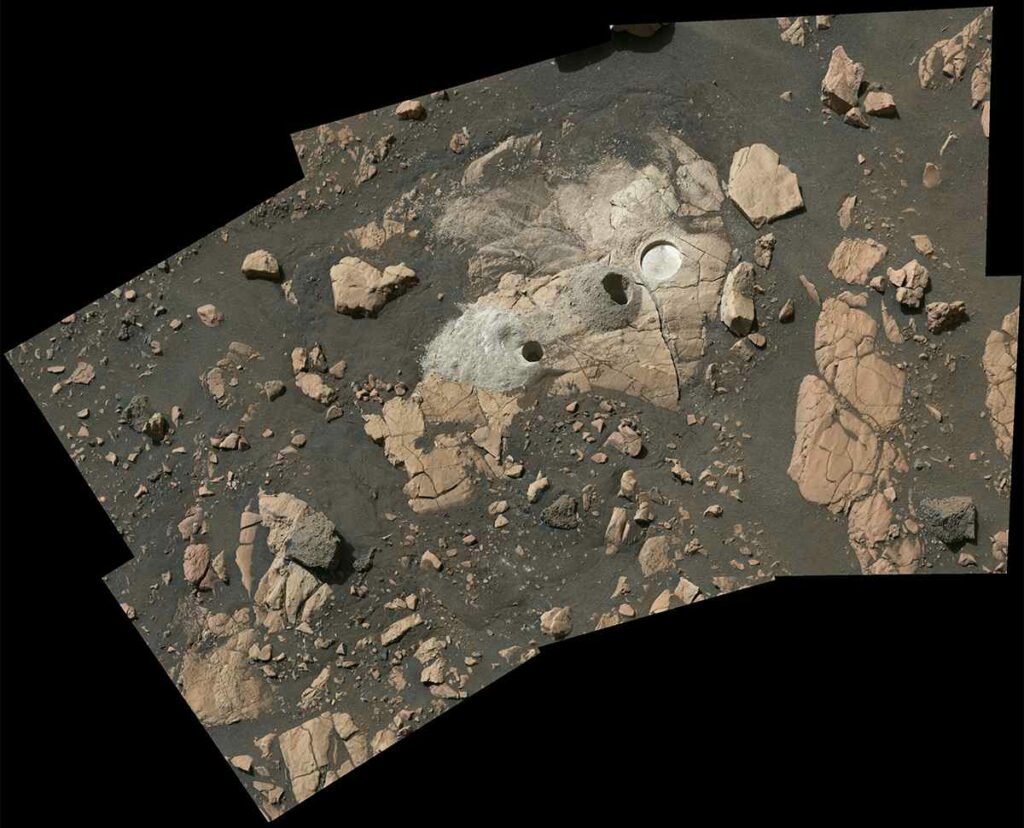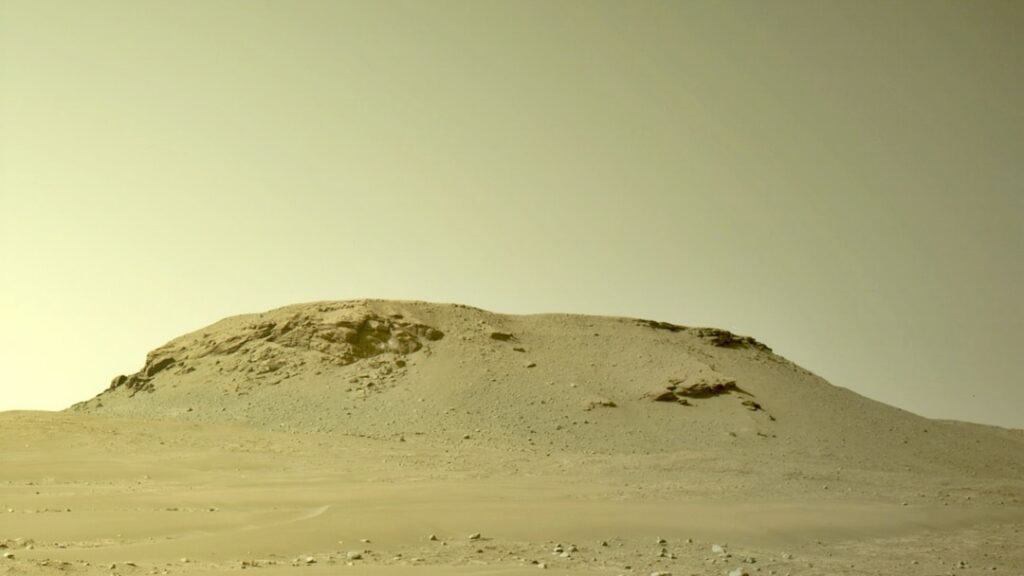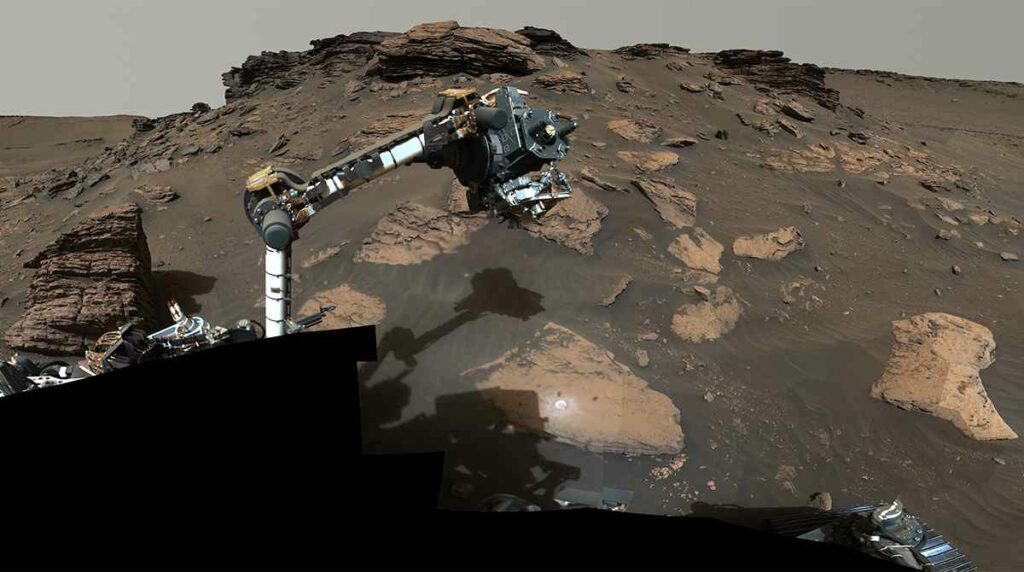
Aliens, we always talk about them. From movies to books, we have made many theories and assumptions about life that may exist on planets other than Earth. Many claims have also been made regarding the same for some time now. Some sound legit while some feel like concoctions.
However, the latest report of NASA hints at the presence of life on our neighbor planet Mars. Nasa has said that the Perseverance rover has analyzed the most organic-rich samples on Mars and there could be more than meets the eye.

Over a year of exploring a crater that is believed to have been home to a lake and volcanic eruptions in its ancient past, NASA’s Perseverance rover might have finally hit a jackpot.
Also Read: Top 5 Battle Royale techniques you should use!
NASA in a briefing has said that the rover has picked up the most organic-rich material from the crater. However, it does not mean there could have been life on the Red Planet. It simply means that there could be chances of some unique discoveries hiding in the future, when these samples of organic-rich material arrive on Earth towards the end of this decade.
The Perseverance rover has collected four different samples from the ancient river delta, which is believed to be the top prospect for finding signs of ancient microbial life on Mars.

“The delta, with its diverse sedimentary rocks, contrasts beautifully with the igneous rocks formed from crystallization of magma discovered on the crater floor. This juxtaposition provides us with a rich understanding of the geologic history after the crater formed and a diverse sample suite. For example, we found a sandstone that carries grains and rock fragments created far from Jezero Crater and a mudstone that includes intriguing organic compounds,” Perseverance project scientist Ken Farley said in a briefing.
What has Perseverance Rover found?
It is known that organic molecules contain a wide variety of compounds made primarily of Carbon which usually include Hydrogen and Oxygen atoms. Well, these molecules also contain Nitrogen, Phosphorus, and Sulfur, and the presence of these specific molecules is considered to be a potential biosignature, a substance or structure that could be evidence of past life.
The Perseverance rover in July drilled on a unique rock that has been on the planet Mars for billions of years. Wildcat Ridge, the rock formed billions of years ago on Mars as mud and fine sand settled in an evaporating saltwater lake. The rover abraded some of the surfaces of the Wildcat Ridge to analyse with Scanning Habitable Environments with Raman & Luminescence for Organics & Chemicals (SHERLOC).
What rover found was a class of organic molecules that are spatially correlated with those of sulfate minerals. NASA has said that sulfate minerals found in layers of sedimentary rock can yield significant information about the aqueous environments in which they formed.

“In the distant past, the sand, mud, and salts that now make up the Wildcat Ridge sample were deposited under conditions where life could potentially have thrived. The fact that organic matter was found in such a sedimentary rock known for preserving fossils of ancient life here on Earth is important. However, as capable as our instruments aboard Perseverance is, further conclusions regarding what is contained in the Wildcat Ridge sample will have to wait until it’s returned to Earth for in-depth study as part of the agency’s Mars Sample Return campaign,” Ken Farley added.
Also Read: All You Need To Know About The Manila Rope, Used To Hang The Most Infamous Criminals In India
NASA‘s Scientists are excited to analyse these rock samples when it arrives on Earth in the later years of this decade as a global program has been put in place to launch missions to the Red Planet to retrieve these samples.




